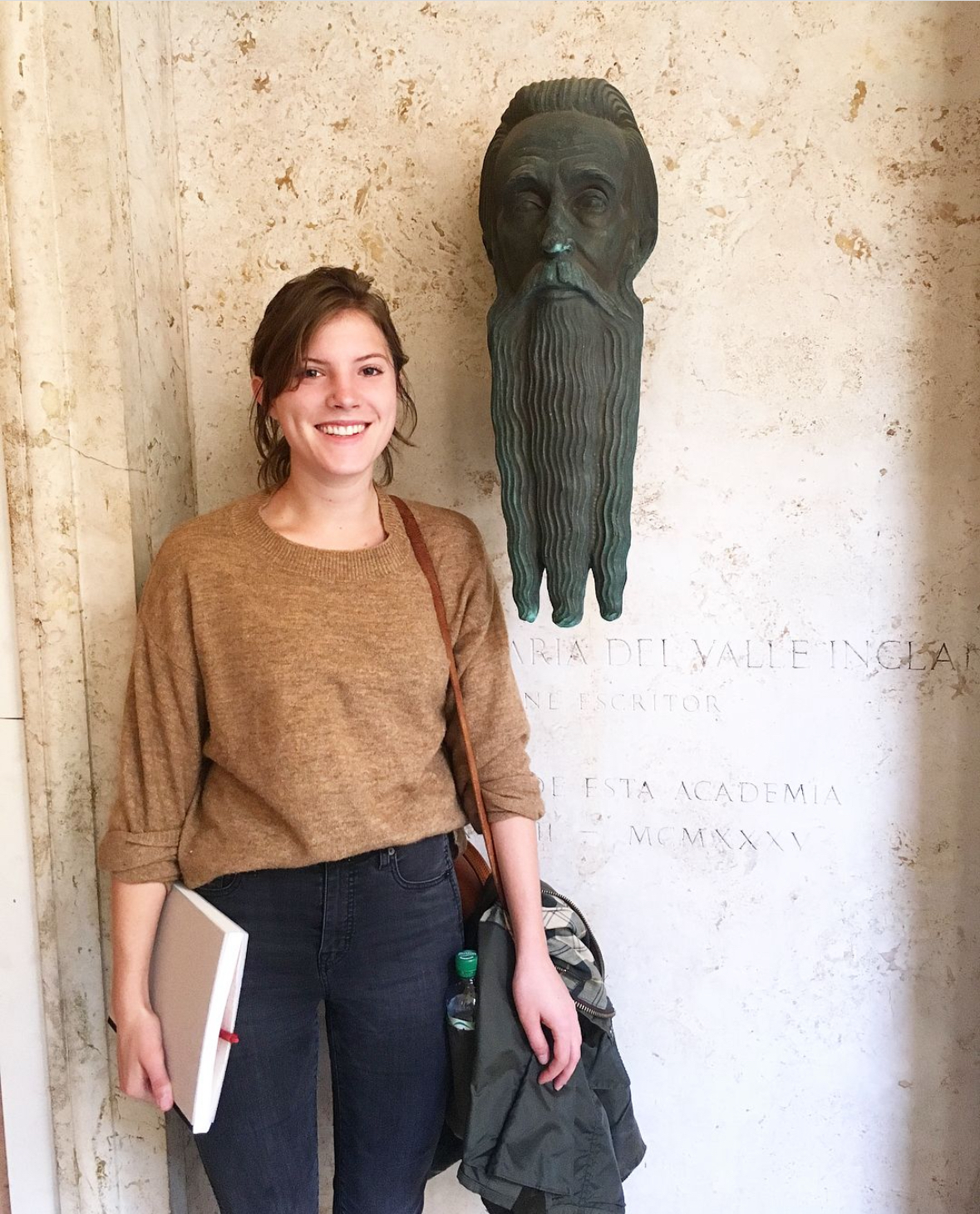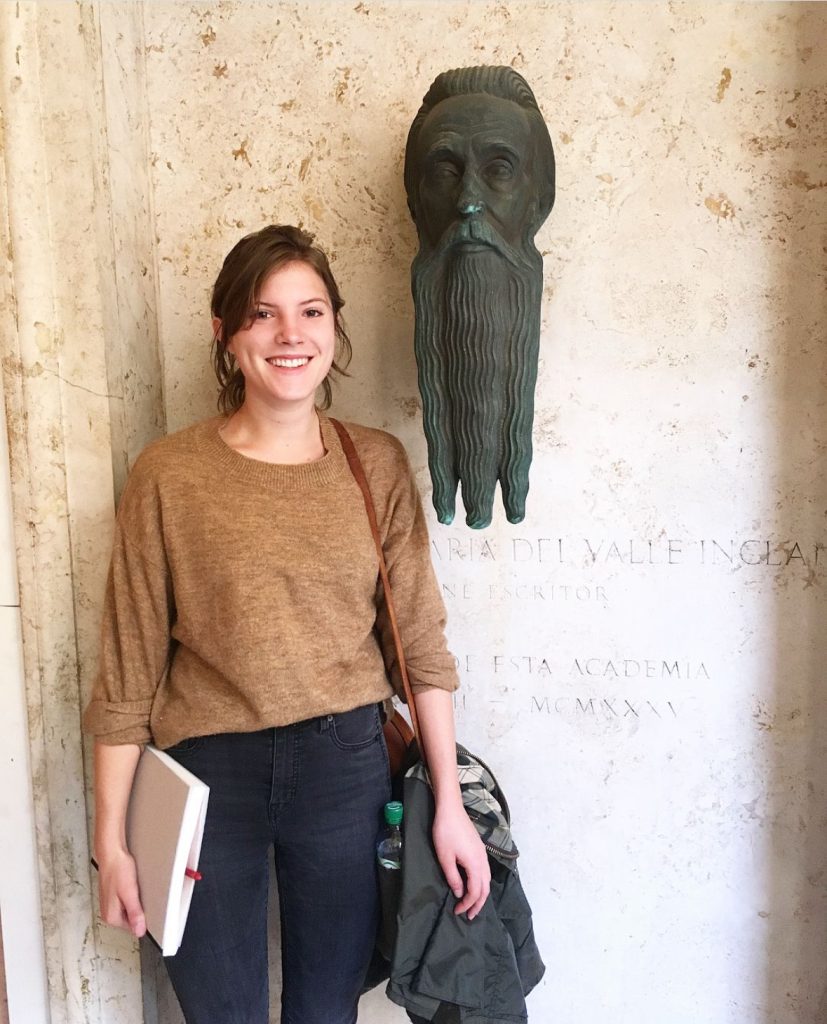As I sit inside, blissfully cooled by the air conditioner, I find myself thinking about the balancing acts we make in life. There’s the constant work-life balance that seems to ebb and flow with project deadlines and summer vacations, but for many of us, there is also the day-to-day balancing act of the various roles we may play across multiple projects. When working at different stages of different project types, how can we help ourselves from getting overwhelmed? How can we be our own air conditioners, and keep ourselves cool when the heat and pressure of multi-tasking rises?
The first bit of advice I can offer is prioritizing tasks – what items have the most pressing deadlines? Which items will take more time than others? Making a To-Do list for the week, day, or even afternoon can be very helpful in laying out what’s on the docket, and helps to navigate which tasks are more pressing than others. (Plus it’s always very satisfying when you can cross an item off your list.)
Another tip is to group similar tasks together. If you’re working on Construction Administration for one project, Schematic Design and renderings for another, and Construction Documentation for a third, etc… it can be overwhelming to constantly flip back and forth between the different phases and roles you may play. Each phase demands a different approach to working, a different means of communicating and often times, different tools and programs to get the tasks accomplished. It helps to group together similar tasks so that you don’t have to change your role back and forth as many times. You will be more productive focusing on one role at a time, than constantly jumping back and forth between multiple roles and tasks.
A favorite (and perhaps obvious) tip, is to remember to breathe! Not just your regular rhythm, but remembering to stop and take a deep breath, possibly get up from your desk to get water or take a bathroom break, before switching roles and tasks can be extremely helpful. A momentary pause will help clear your mind as you prepare to step into a different way of thinking and working.
Finally, if you can help it, try not to leave tasks half-way done before jumping to the next. This can be tricky depending on the size of the task at hand, or if you are waiting for information or review from others, but for tasks you can accomplish on your own, it’s helpful to see them all the way through and cross them off your list before jumping over to the next item. Leaving things incomplete can make it harder when you get back into them later, and often you have to reorient yourself to what work is complete and what work still remains.
There is no perfect way to balance multiple roles at once, both in life, or at the office. However, staying organized, focused, and above all, calm, will help keep the multi-tasking and role switching from becoming overwhelming. Each role you take on helps with personal and professional growth (for better or for worse), and learning to balance multi-tasking early on will make life afterwards that much smoother.
Stay cool out there!
Ashleigh Walker, Associate AIA
awalker@architecturefirm.co


